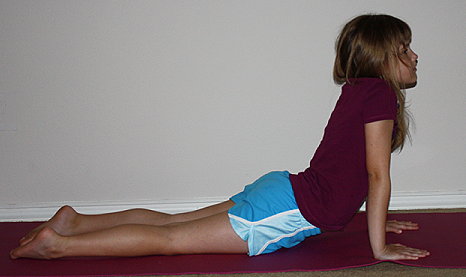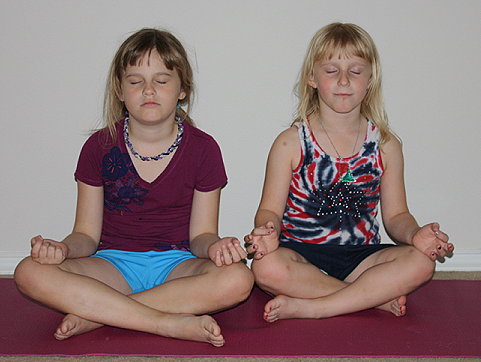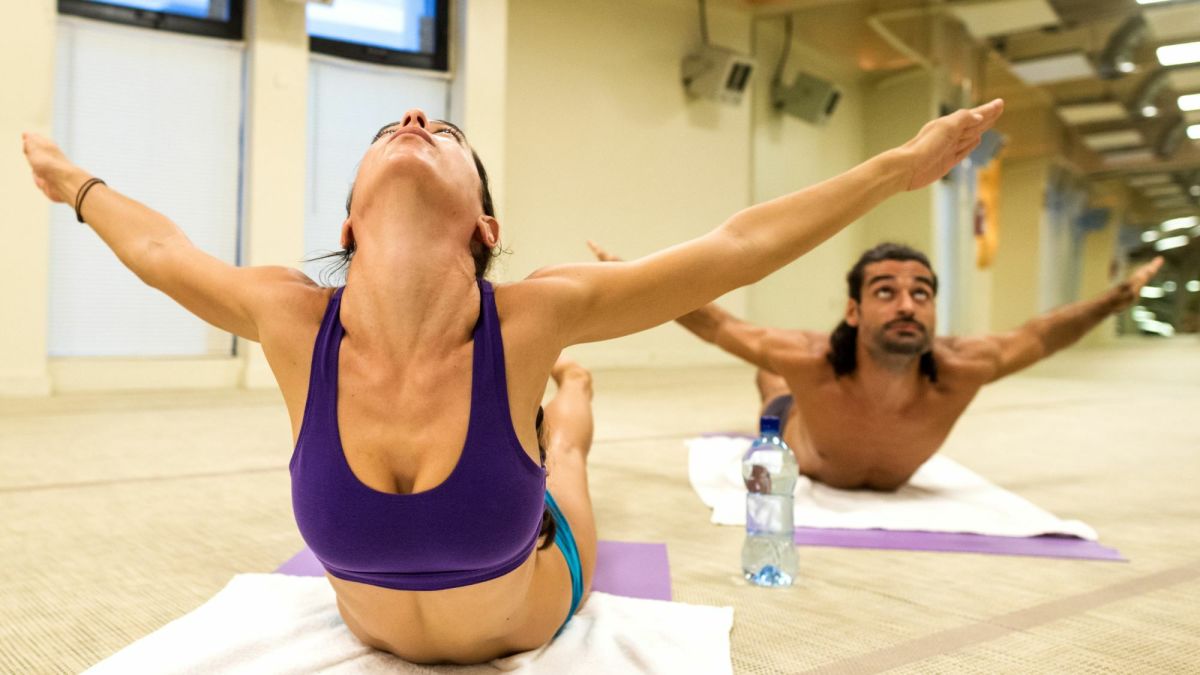Should Yoga Become Part of a School’s Curriculum or After School Program?
Yoga Should be Part of a School’s Curriculum
Yoga should be part of a school’s curriculum for all age groups, especially for middle and high school children, a sensitive time when they are faced with peer pressure, the stress of extra school work, and for many older children the added stress of thinking about and planning for their futures. Many of these stress factors lead to poor grades due to the inability to focus, increased anger, feelings of loneliness, and poor food choices. Yoga is a tool that can be used by every child to help alleviate stress and face life with a calmer mind and attitude. It helps to promote self-discipline, physical coordination, right/left brain coordination, self-awareness – both physically and emotionally, and an increase in self-confidence. Children that practice yoga including breath-work, poses, deep relaxation and meditation become more aware of themselves, and are better able to understand and control their emotions. A child will also learn to compete for their own personal best which further builds self-confidence, and during a yoga class that allows a child to teach a pose, it promotes leadership. When taught specifically for children, it is also fun!
Physiological Effects of Yoga
Below are the beneficial physiological effects of practicing yoga broken out into three main categories:

Breath Work:
+ Increases oxygen levels in our blood which gives us more energy
+ Heightens our overall consciousness
+ Improves mood by increasing calmness and decreasing anger and fear
+ Improves circulation of the blood, nourishing the brain and the body – helps with studying!
+ Helps to reduce pain
+ Rids our bodies of toxins

Poses:
+ The postures of yoga are intended to coax the body out of old ways of holding itself
+ Moving postures in yoga are particularly beneficial and effective for restoring endocrine balance
+ Increases physical efficiency
+ Stretches and strengthens muscles and ligaments, balancing the musculoskeletal system
+ Inversions and twists help increase the flow of fluids within the body which nourish the nervous and endocrine systems – also helping to eliminate toxins
+ Organs are massaged which aids in their health and function
+ Improves flexibility which is important for nerve function

Deep Relaxation & Meditation:
+ Instills clarity and focus
+ Increases a sense of well-being and health
+ Reduces blood pressure
+ Boosts immune system
Yoga is a Complete Practice for Mind & Body Wellness
The, emotional, physical, and physiological effects of practicing yoga make it a complete practice for personal wellness. Having a healthy mind and body makes it easier for our children to deal with day to day life, school, and interacting with other people.
Another benefit is that comfortable clothes and a yoga mat (or equivalent) are all that is needed to practice yoga. No expensive equipment is required!








